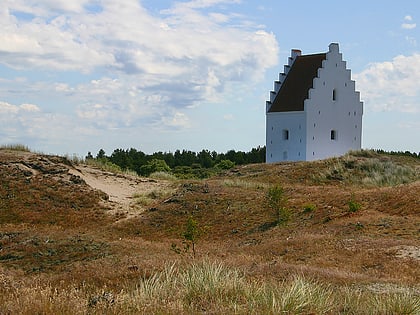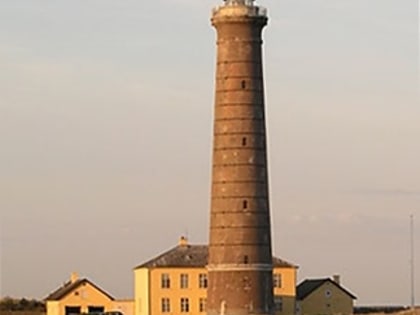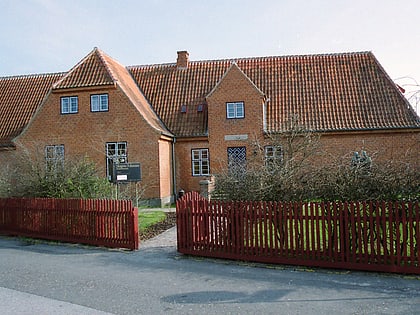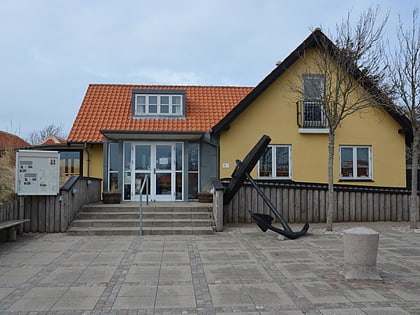Sand-Covered Church, Skagen
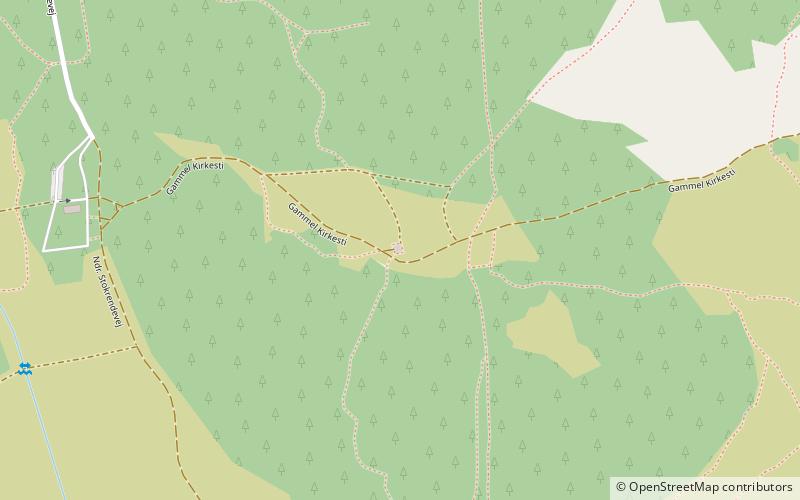
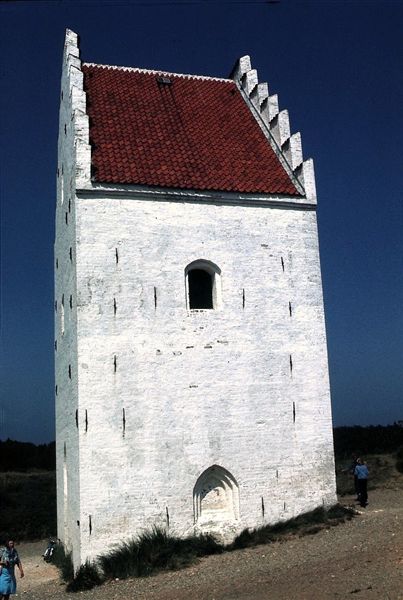
Facts and practical information
Nestled in the northernmost part of Denmark, the Sand-Covered Church, or Den Tilsandede Kirke, stands as a testament to the relentless forces of nature and the resilience of history. Officially known as the Saint Laurence Church, this once-magnificent structure now lies partially buried beneath the sands near the coastal town of Skagen.
The church, originally constructed in the 14th century, was the largest in the region. It was dedicated to Saint Laurence, the patron saint of seafarers, reflecting the town's deep connection with the sea. For centuries, it served as a spiritual center for the local community, a place where fishermen and their families would gather to pray for safety and good fortune.
However, during the 17th century, escalating sand drifts began to plague the area, a result of deforestation and extensive sheep grazing which left the land vulnerable to the winds. Over the years, the sand encroached upon the church, rendering it increasingly difficult for parishioners to access. By the late 18th century, the struggle against the shifting dunes proved too formidable, and the church was abandoned.
Today, only the church tower remains visible above the sand, serving as a striking landmark and a poignant reminder of the past. The Sand-Covered Church is now a popular tourist attraction, drawing visitors from around the world who come to witness the eerie beauty of this desert-like landscape on the edge of the sea.
Sand-Covered Church – popular in the area (distance from the attraction)
Nearby attractions include: Råbjerg Mile, Skagen Lighthouse, Skagens Museum, Skagen By- og Egnsmuseum.
Frequently Asked Questions (FAQ)
How to get to Sand-Covered Church by public transport?
Train
- Frederikshavnsvej (23 min walk)
